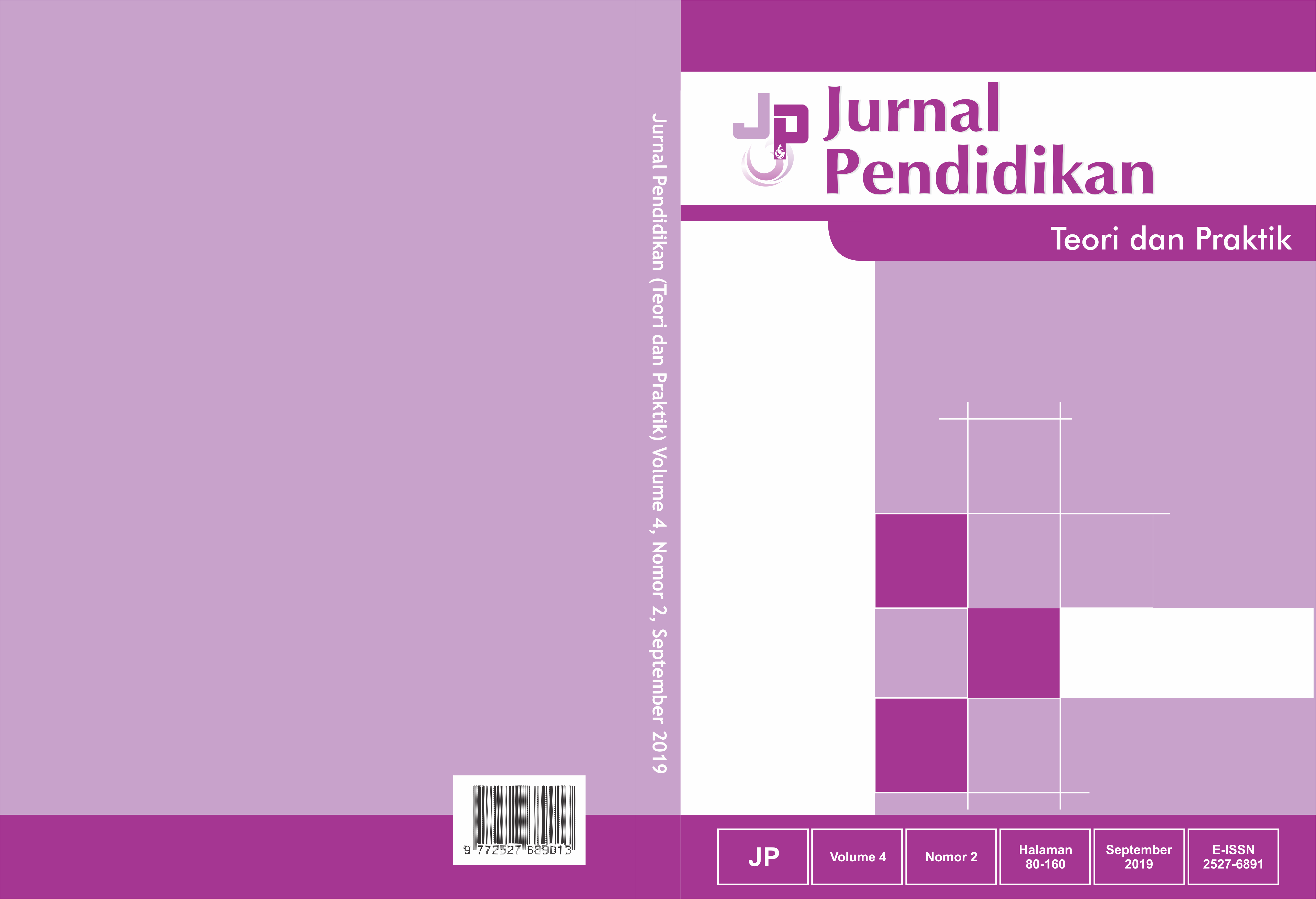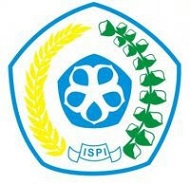PENGEMBANGAN BAHAN AJAR KONSEP PECAHAN BERBANTUAN MULTIMEDIA UNTUK MENINGKATKAN KEMAMPUAN PEMAHAMAN MATEMATIS SISWA DI SEKOLAH INKLUSI
Keywords:
Mathematical Understanding Ability, Teaching Materials, Inclusion Schools, Fractional Calculations OperationsAbstract
The purpose of this study was to find out the form of teaching materials for fractional calculating operations on multimedia assisted of mathematics learning to improve students' mathematical understanding skills in inclusive schools. Mathematical understanding is all forms of thought processes taken in forming the structure of knowledge. Indicators of mathematical understanding used in this study are students can distinguish the material that has been studied with the previous material, students can formulate how the material has been learned, students can deduce what material has been learned, and students can solve mathematical problems in everyday life relating to the material he has learned. Students in inclusive schools are more diverse than the common school so that teachers need to brainwave how to make classroom learning more interesting. Multimedia learning can be the solution to these problems.
References
Cai, J., & Ding, M. (2017). On mathematical understanding: perspectives of experienced Chinese mathematics teachers. Journal of Mathematics Teacher Education, 20(1), 529.
Foreman, P. (2014). Inclusion in action. Cengage Learning Australia.
Gall, M. D., Borg, W. R., & Gall, J. P. (1996). Educational research: An introduction. Longman Publishing.
Hansen, N., Jordan, N. C., & Rodrigues, J. (2017). Identifying learning difficulties with fractions: A longitudinal study of student growth from third through sixth grade. Contemporary Educational Psychology, 50, 4559.
Indonesia, P. M. P. N. R. (n.d.). Nomor 70 Tahun 2009 tentang Pendidikan Inklusif bagi Peserta Didik yang Memiliki Kelainan dan Memiliki Potensi Kecerdasan dan/atau Bakat Istimewa. 2009. Jakarta: Sekretariat Negara.
Mayer, R. E. (2005). Cognitive theory of multimedia learning. The Cambridge Handbook of Multimedia Learning, 41, 3148.
Mousley, J. (2004). An Aspect of Mathematical Understanding: The Notion ofœ Connected Knowing. International Group for the Psychology of Mathematics Education.
Pirie, S., & Kieren, T. (1994). Growth in mathematical understanding: How can we characterise it and how can we represent it? In Learning Mathematics (pp. 6186). Springer.
Rohaeti, E. E., & Bernard, M. (2018). THE STUDENTSMATHEMATICAL UNDERSTANDING ABILITY THROUGH SCIENTIFIC-ASSISTED APPROACH OF GEOGEBRA SOFTWARE. Infinity Journal, 7(2), 165172.
Sudihartinih, E. (2019). FACILITATING MATHEMATICAL UNDERSTANDING IN THREE-DIMENSIONAL GEOMETRY USING THE SOLO TAXONOMY. Erudio Journal of Educational Innovation, 6(1), 1118.
Sunanto, J. (2016). Indeks inklusi dalam pembelajaran di kelas yang terdapat ABK di sekolah dasar. JASSI ANAKKU, 8(2), 7884.
Sungkono, S. (2009). Pengembangan dan Pemanfaatan Bahan Ajar Modul dalam Proses Pembelajaran. Majalah Ilmiah Pembelajaran, 5(1).
Susilana, R., Si, M., & Riyana, C. (2008). Media pembelajaran: hakikat, pengembangan, pemanfaatan, dan penilaian. CV. Wacana Prima.
Downloads
Published
How to Cite
Issue
Section
 Abstract views: 1628
,
Abstract views: 1628
, PDF Downloads: 1318
PDF Downloads: 1318








.png)





